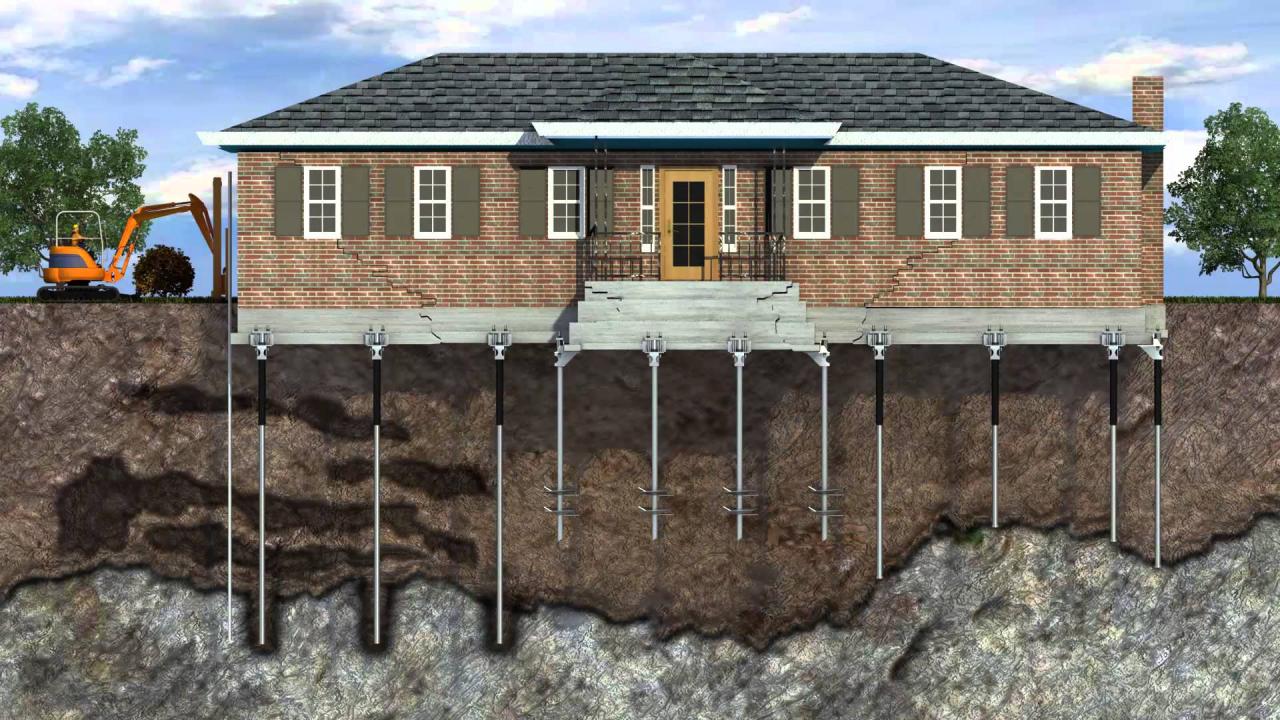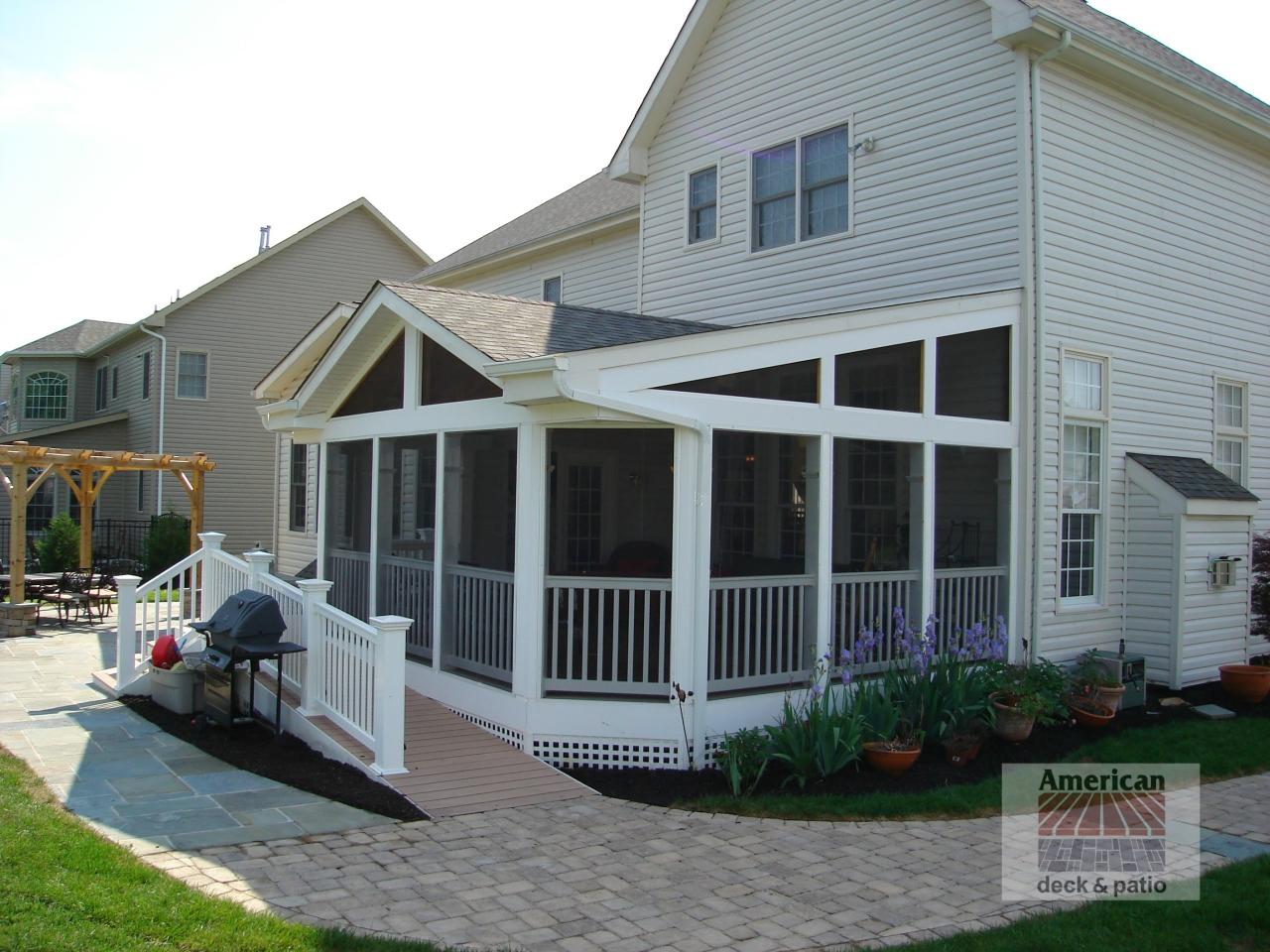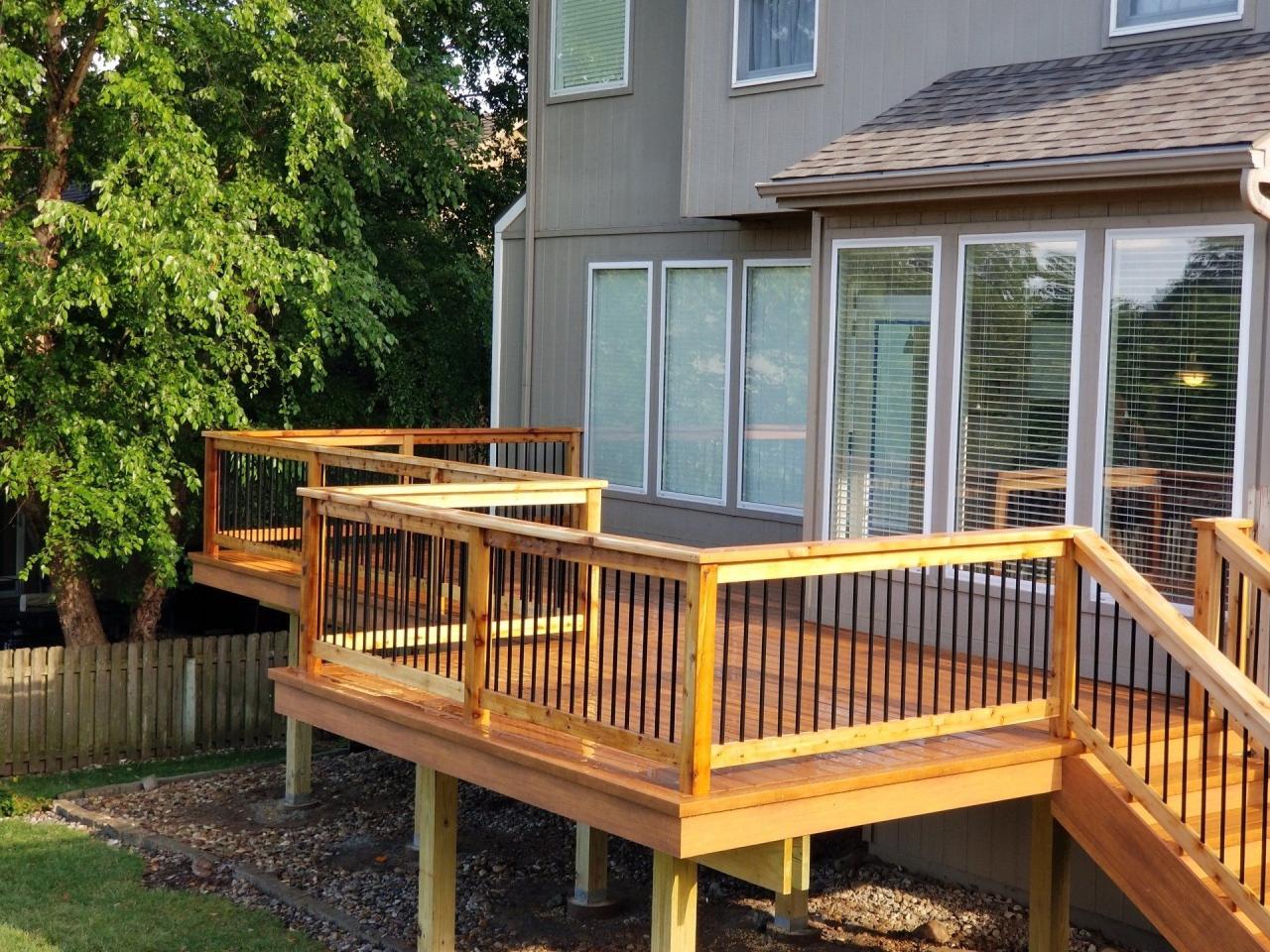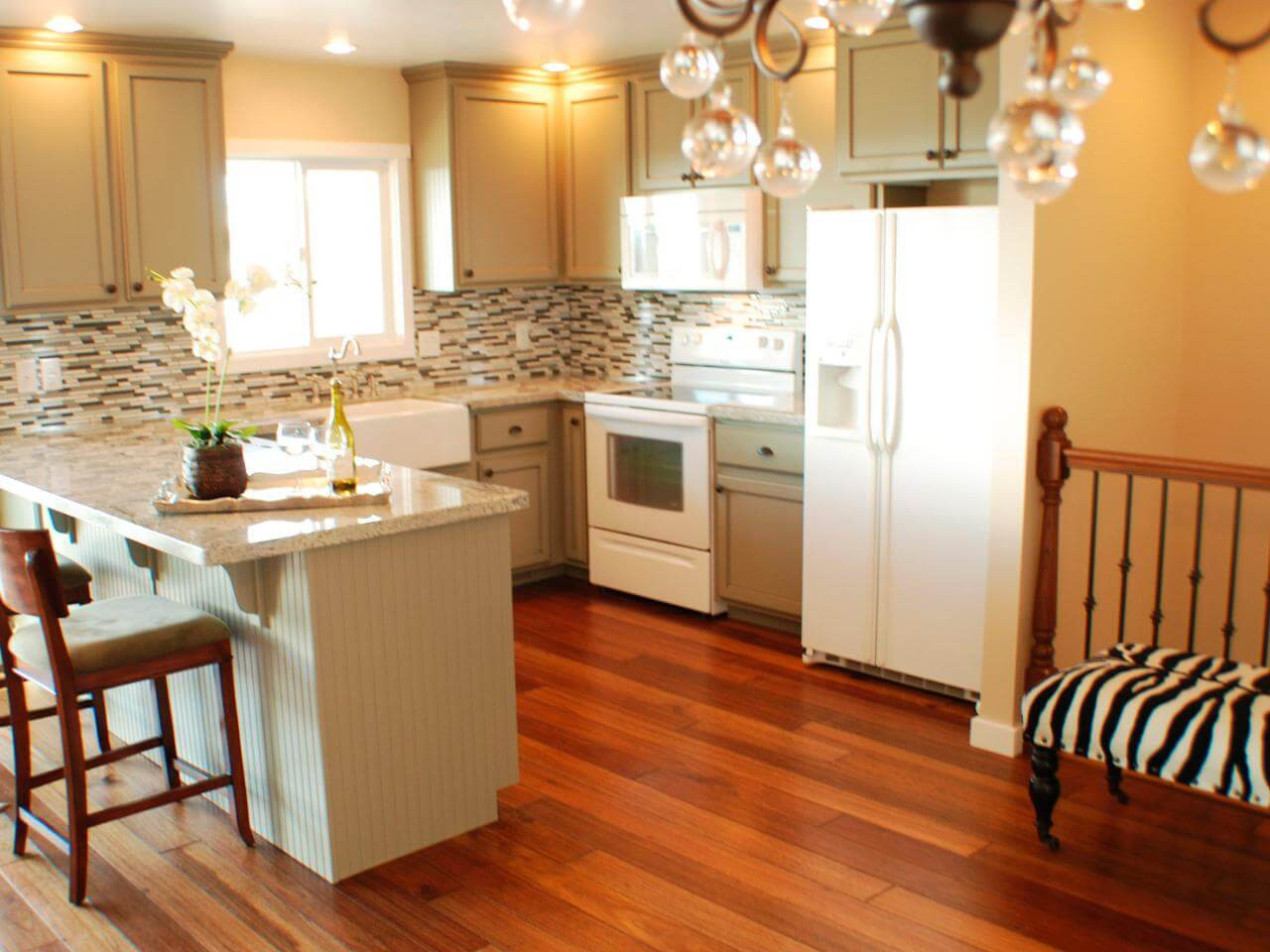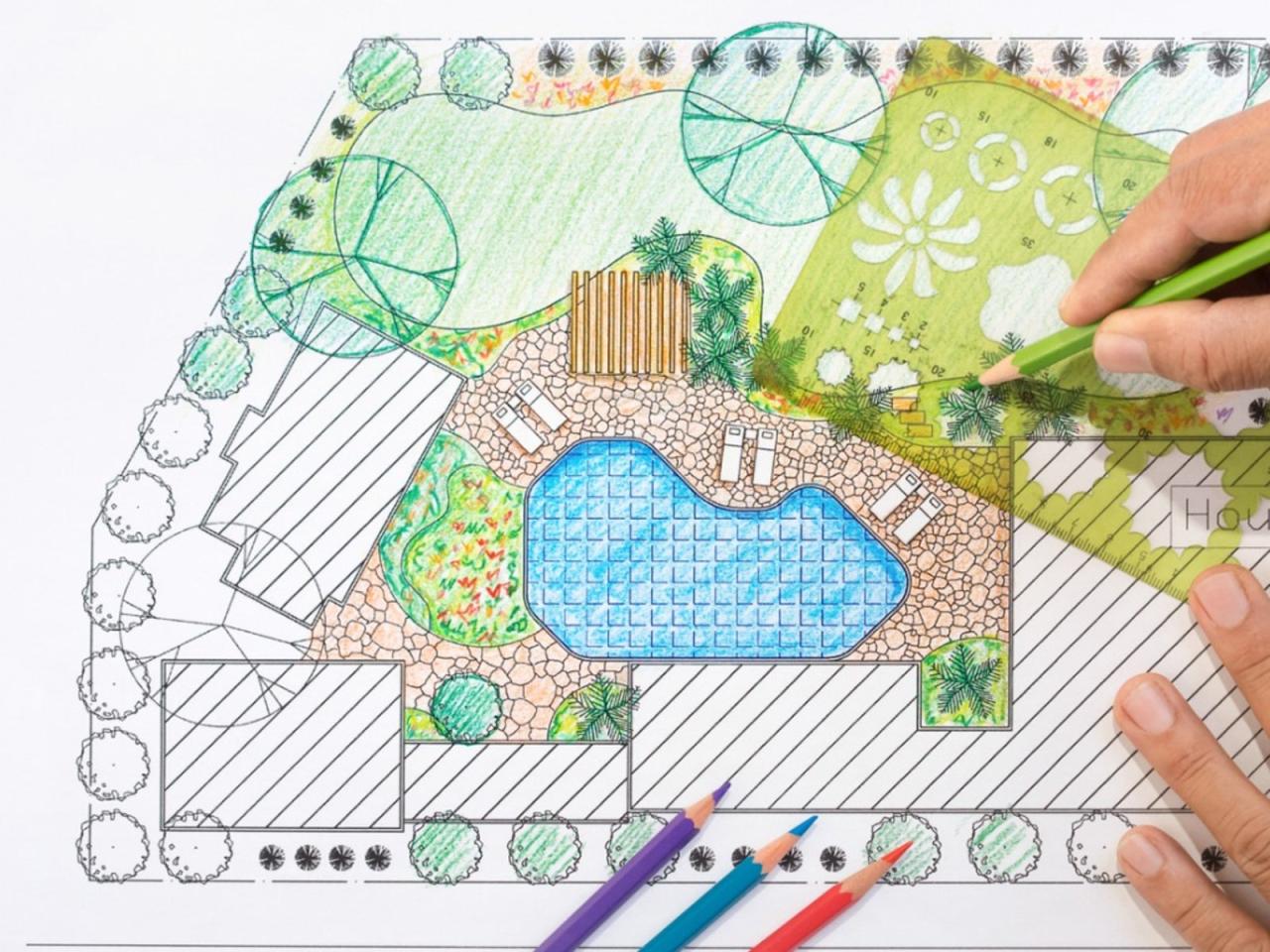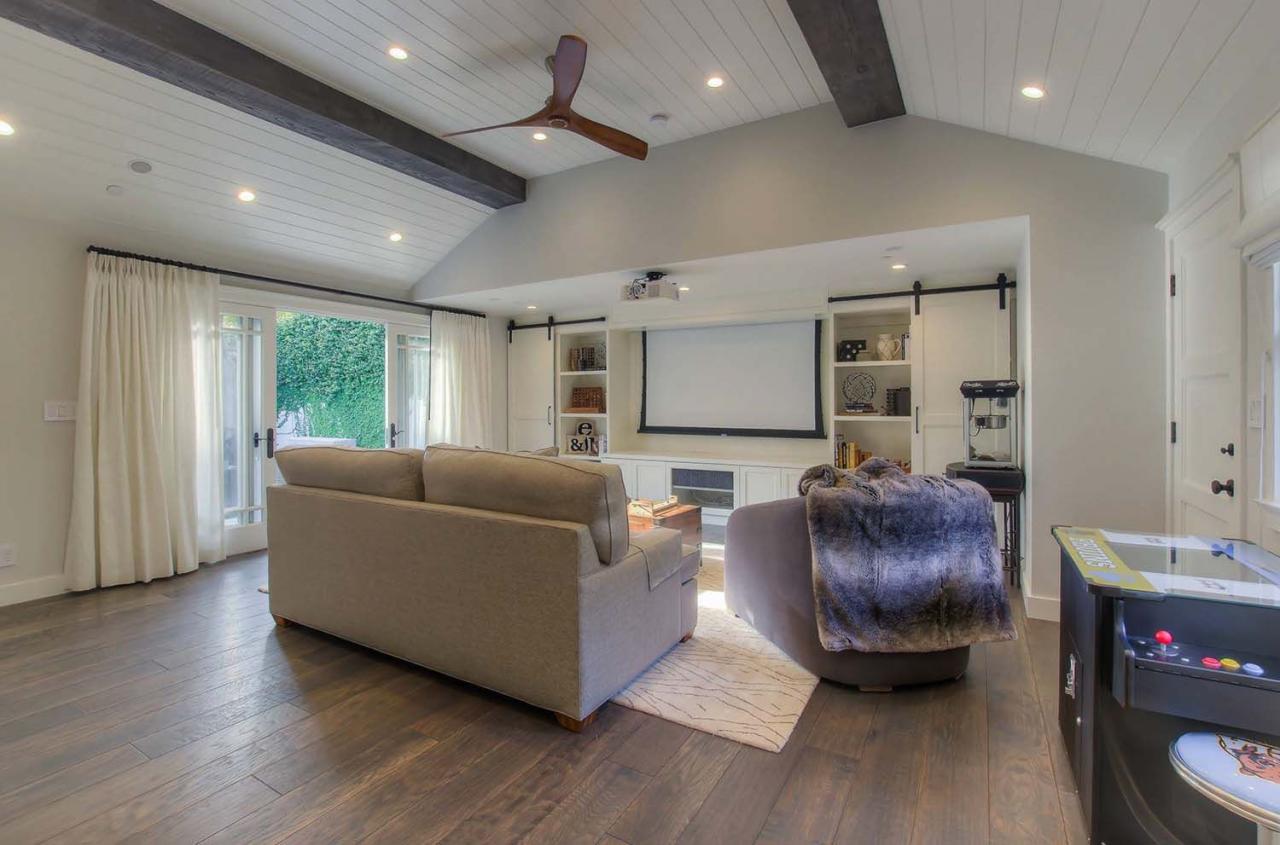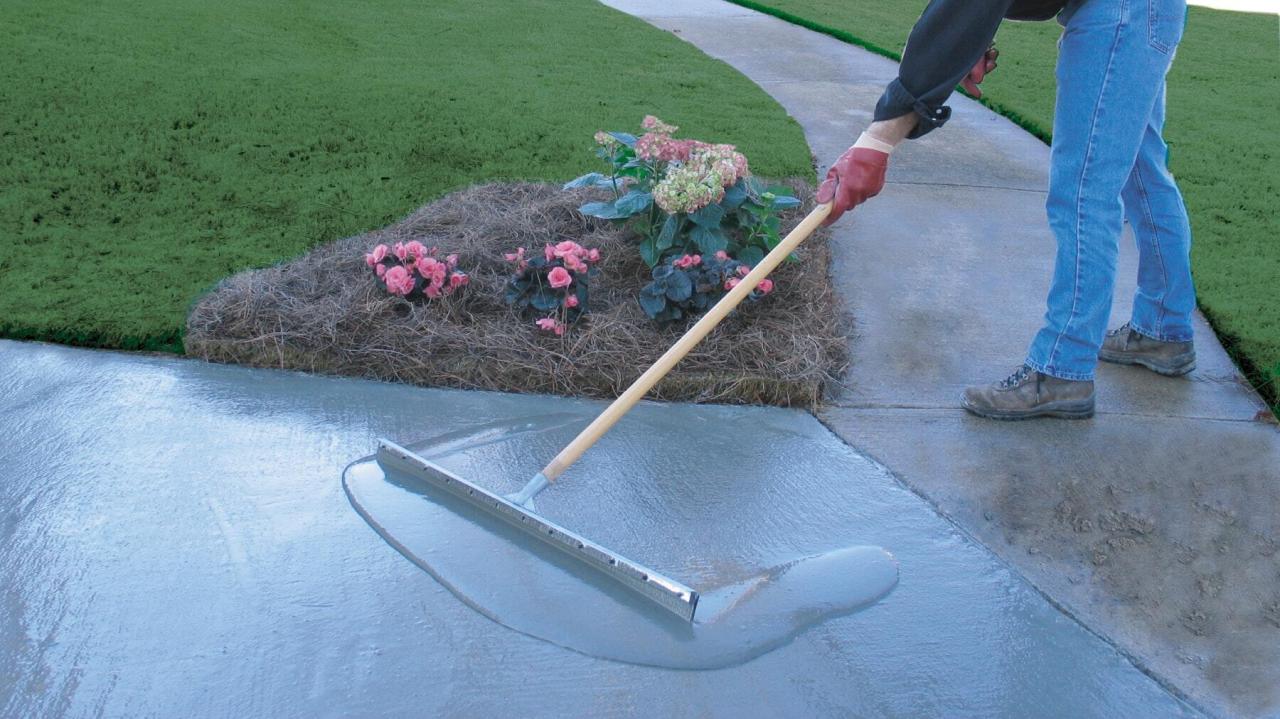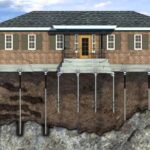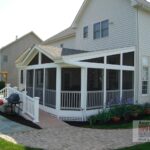Vinyl vs fiber cement siding comparison sets the stage for this enthralling narrative, offering readers a glimpse into a story that is rich in detail and brimming with originality from the outset. As we delve into the characteristics, costs, installation process, and design options of these two popular siding materials, a clear picture emerges of the strengths and weaknesses of each.
Introduction to Vinyl and Fiber Cement Siding
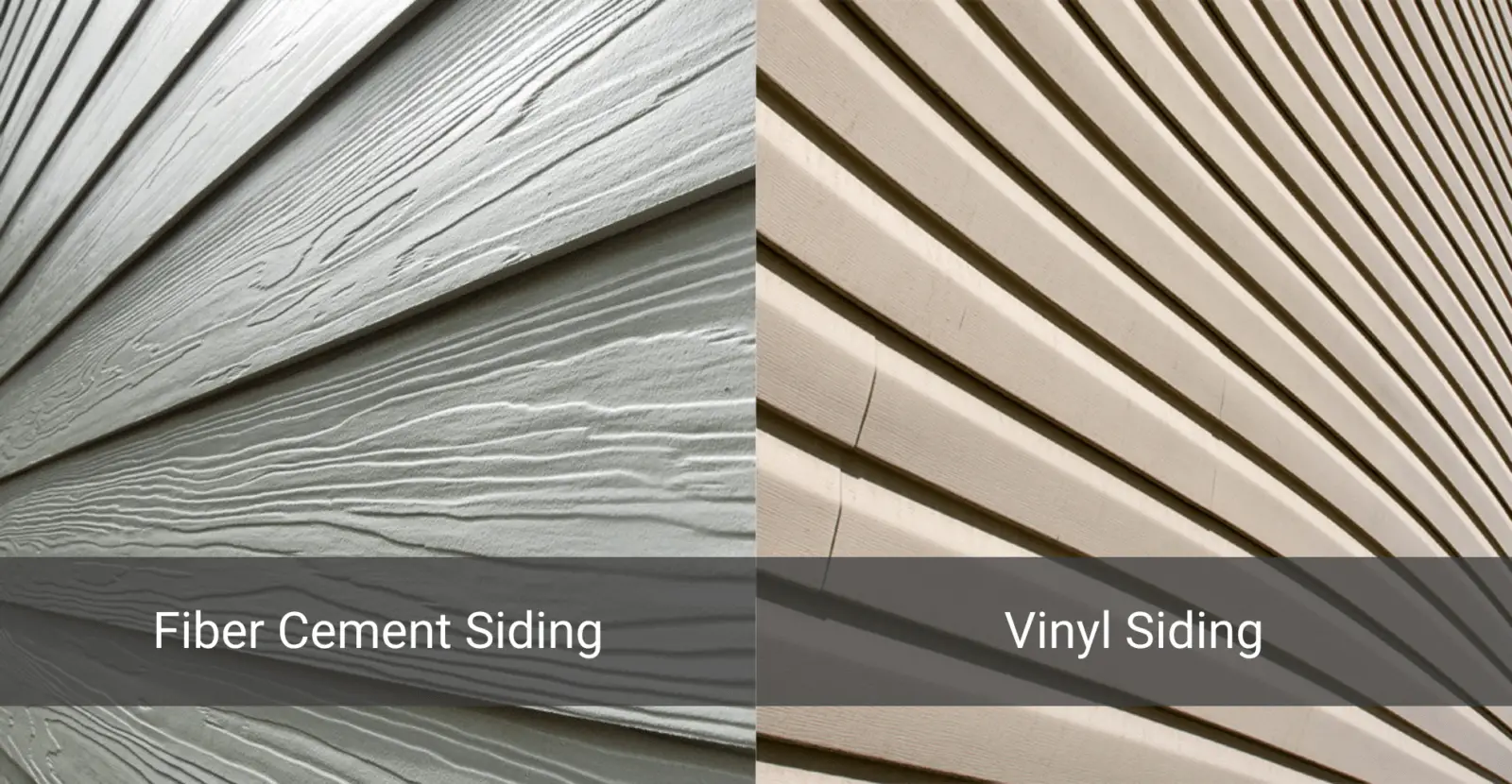
When it comes to siding options for residential and commercial buildings, vinyl and fiber cement are two popular choices known for their durability and aesthetics.
Vinyl Siding
Vinyl siding is made from PVC (polyvinyl chloride) resin, offering a lightweight and cost-effective option for homeowners. It is available in a wide range of colors and styles, making it versatile for different architectural designs.
- Characterized by its low maintenance requirements, as it does not need frequent painting or staining.
- Resistant to rot, moisture, and insects, making it a long-lasting option for exterior cladding.
- Easy to install and relatively affordable compared to other siding materials.
Fiber Cement Siding
Fiber cement siding is composed of cement, sand, and cellulose fibers, creating a durable and fire-resistant material for building exteriors. It has gained popularity for its ability to mimic the appearance of wood or stucco without the maintenance requirements.
- Known for its high durability and resistance to weather elements, such as wind, rain, and UV rays.
- Requires minimal maintenance and is not susceptible to rot, pests, or fire damage.
- Offers a wide range of styles and textures, providing versatility in design options for homeowners.
Cost Comparison
Vinyl and fiber cement siding differ in cost, both in terms of initial installation and long-term maintenance expenses. While vinyl siding tends to be more budget-friendly upfront, fiber cement siding is known for its durability and longevity, potentially resulting in lower maintenance costs over time.
Installation Costs
When it comes to installation costs, vinyl siding is generally more affordable than fiber cement siding. The materials for vinyl siding are cheaper, and the installation process is typically faster and requires less labor. On the other hand, fiber cement siding is heavier and more labor-intensive to install, which can increase the initial cost.
Long-Term Cost-Effectiveness
Despite the higher initial cost of fiber cement siding, its durability and resistance to elements such as fire, pests, and rot can result in lower long-term maintenance expenses compared to vinyl siding. Fiber cement siding requires less frequent repainting or repairs, making it a cost-effective choice in the long run.
Factors Influencing Costs
Several factors can influence the overall cost of vinyl and fiber cement siding, including the size of the project, labor costs in the area, additional features like insulation or trim work, and the quality of materials chosen. It's essential to consider these factors when estimating the total cost of siding installation.
Maintenance Costs
Vinyl siding is relatively low-maintenance, requiring periodic cleaning to maintain its appearance. In contrast, fiber cement siding may need occasional repainting or caulking to prevent moisture damage and extend its lifespan. While fiber cement siding may have higher maintenance costs initially, its durability can offset these expenses in the long term.
Installation Process
When it comes to installing siding for your home, the process can vary depending on the material being used. In this section, we will explore the installation process for both vinyl and fiber cement siding, comparing the ease of installation between the two and highlighting any special considerations or challenges.
Vinyl Siding
Installing vinyl siding typically involves the following steps:
- Clean the exterior walls of the house to ensure a smooth surface for installation.
- Attach a layer of foam insulation to improve energy efficiency.
- Install starter strips at the bottom of the walls and secure them in place.
- Hang the vinyl siding panels, starting from the bottom and working your way up.
- Secure the panels with nails or clips, making sure to leave room for expansion and contraction.
- Finish the installation with trim pieces around windows, doors, and corners.
Fiber Cement Siding
The process of installing fiber cement siding is a bit more complex and labor-intensive compared to vinyl siding. The steps involved include:
- Prepare the exterior walls by removing any existing siding and repairing any damage.
- Measure and cut the fiber cement panels to fit the walls properly.
- Install flashing and starter strips to provide a secure base for the siding.
- Secure the panels in place with nails or screws, making sure to leave proper spacing for expansion.
- Apply caulk and paint to seal and protect the siding from moisture and elements.
Overall, vinyl siding is generally considered easier to install compared to fiber cement siding due to its lightweight nature and simpler installation process. However, both types of siding require careful attention to detail and proper techniques to ensure a durable and long-lasting finish on your home.
Aesthetics and Design Options
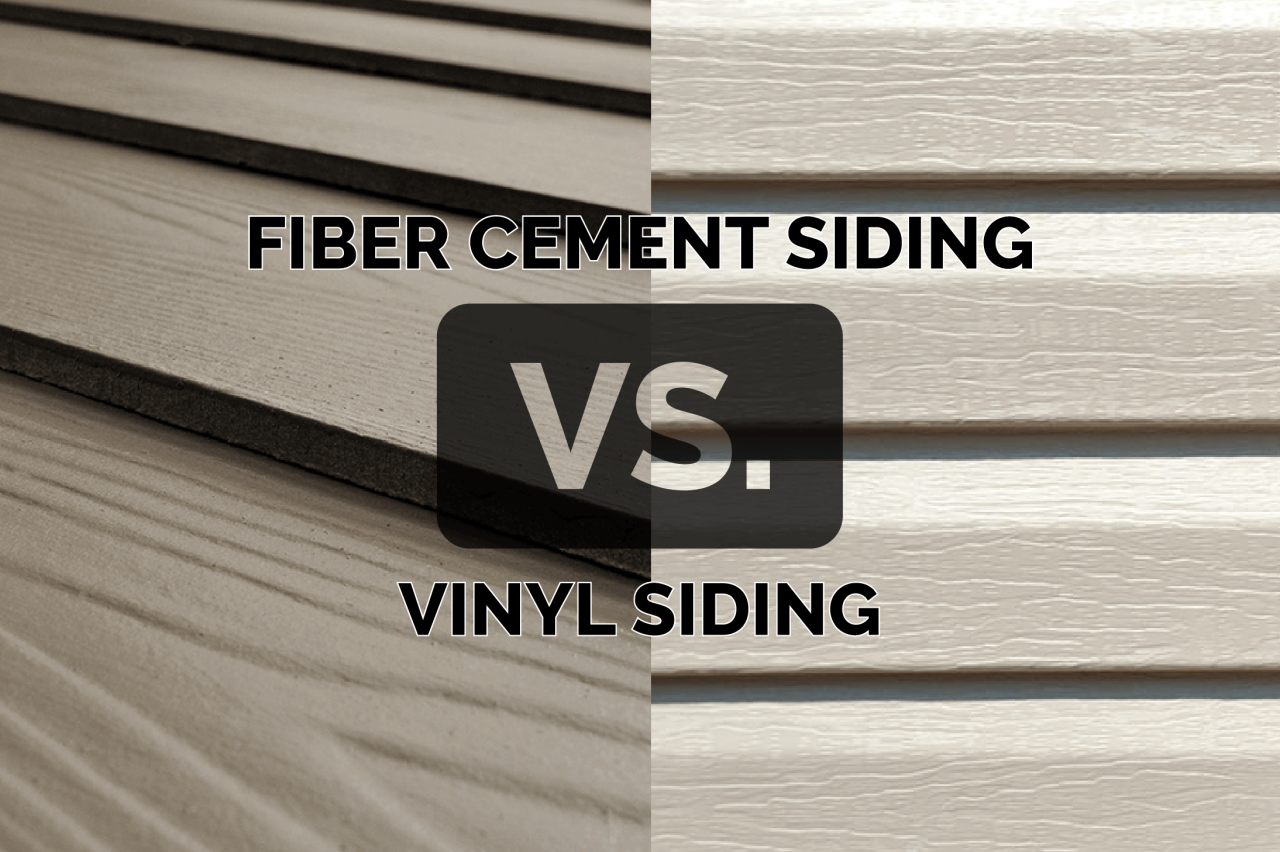
Vinyl and fiber cement siding offer homeowners a wide range of aesthetic possibilities to enhance the look of their property. Let's explore the design options available for both materials.
Aesthetic Appeal of Vinyl Siding
Vinyl siding is known for its versatility in complementing various architectural styles, from traditional to modern. It comes in a plethora of colors, textures, and finishes, allowing homeowners to achieve the desired look for their homes. Whether you prefer a classic white clapboard or a bold color statement, vinyl siding can cater to different preferences.
Design Versatility of Fiber Cement Siding
Fiber cement siding is highly customizable and offers a range of design options to suit any architectural style. From shingle to plank to panel designs, fiber cement siding can mimic the appearance of wood, stone, or stucco with remarkable accuracy.
This material allows for intricate detailing and can be painted in a variety of colors to achieve a unique and personalized look.
Comparison of Colors, Textures, and Finishes
Both vinyl and fiber cement siding offer a wide array of colors, textures, and finishes to choose from. Vinyl siding typically comes in a pre-finished color palette, while fiber cement siding can be painted in any color of your choice.
Textures range from smooth to wood-grain patterns, providing different aesthetic options for homeowners. Finishes such as matte, satin, or glossy can further enhance the appearance of the siding.
Enhancing Curb Appeal
Both vinyl and fiber cement siding can significantly boost the curb appeal of a property. Vinyl siding's clean lines and vibrant colors can give a fresh and modern look to a home, while fiber cement siding's realistic texture and durability can add a touch of elegance and sophistication.
With the right design choices, both materials can transform the exterior of a property and increase its overall value.
Outcome Summary
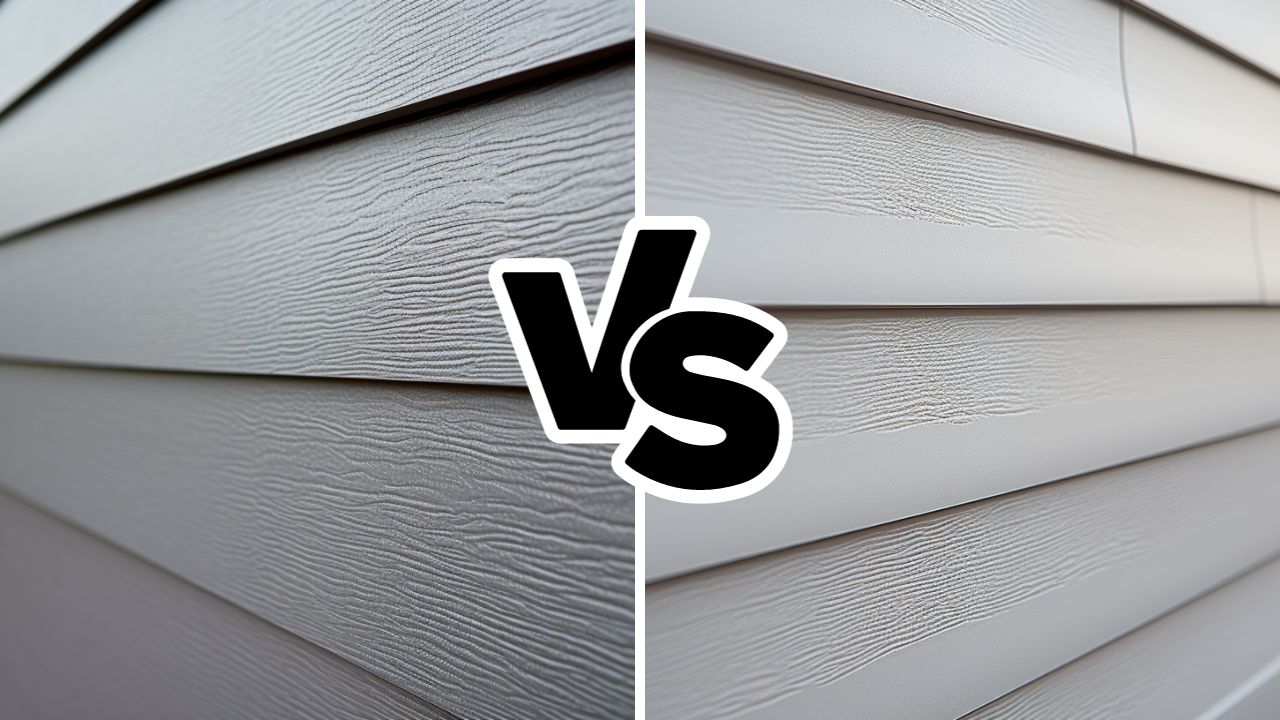
In conclusion, the comparison between vinyl and fiber cement siding sheds light on the key differences that can influence your decision when it comes to siding your property. Whether you prioritize cost-effectiveness, durability, ease of installation, or aesthetic appeal, both options have their unique advantages.
It ultimately boils down to your specific needs and preferences.
Essential Questionnaire
What are the main differences between vinyl and fiber cement siding?
Answer: Vinyl siding is known for its low maintenance and cost-effectiveness, while fiber cement siding offers superior durability and customization options.
Which siding material is more cost-effective in the long run?
Answer: While vinyl siding may have lower initial installation costs, fiber cement siding tends to be more cost-effective over time due to its longevity and minimal maintenance requirements.
Is fiber cement siding harder to install compared to vinyl siding?
Answer: Fiber cement siding can be more labor-intensive to install due to its weight and composition, whereas vinyl siding is typically easier and quicker to install.


